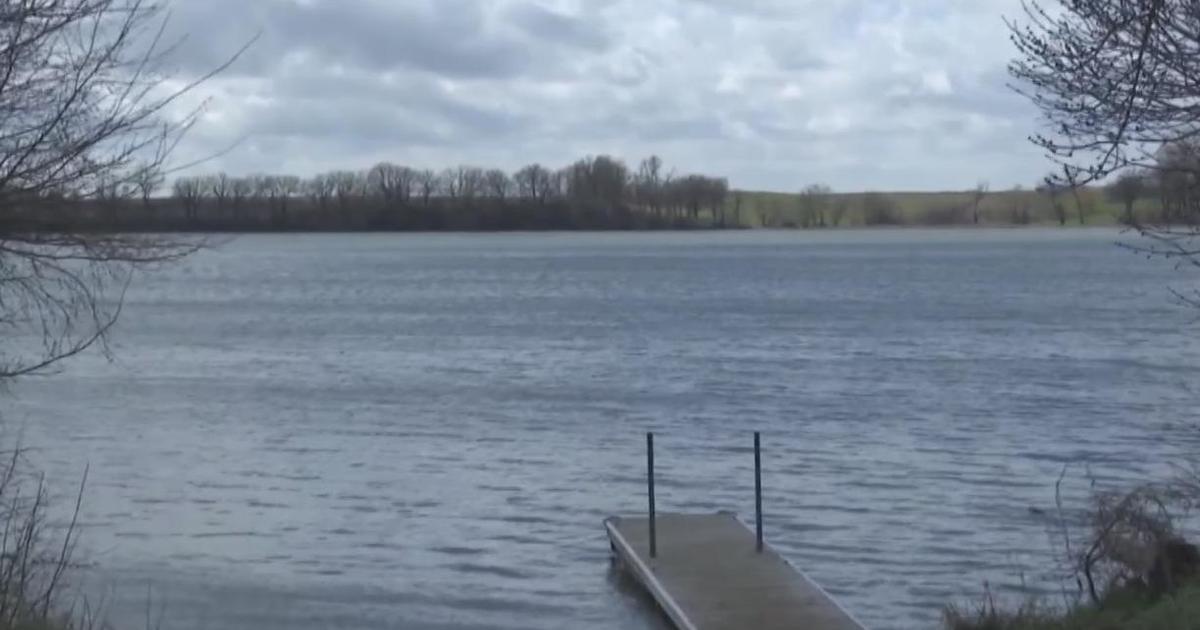How Did Minnesota's Residents Live 8,000 Years Ago? These Digs Are Providing Answers
SHAKOPEE, Minn. (WCCO) -- Most of us don't think of Minnesota as the go-to place for archaeological discoveries. But in the past six weeks, several sites near Shakopee have turned up hundreds of ancient finds.
Archaeologists have found everything from old tools to animal bones, giving us a glimpse into life thousands of years ago.
Not far from a busy stretch of Highway 101, near Shakopee, a team of archaeologists are digging in to Minnesota history.
"We're doing some excavation," said Frank Florin of Florin Cultural Resource Services.
Florin and his team have unearthed eight feet of soil, hoping to catch a glimpse of life 8,000 years ago.
"The site is really significant and exciting, because it's so old and well preserved," Florin said.
The work is federally mandated to recover and preserve any artifacts before the Highway 101 bridge project gets underway in the spring.
"This is the only way we can learn about history, you know. These sites are so old, there's no written record at this time," Florin said.
The work isn't easy. Since the crews are digging in wetlands, the excavation site continuously floods. The frigid temperatures freeze the water and slow the process.
"I've never worked in wetlands, and here, we have the combination of working in wetlands. In the winter, it's really a double challenge. We've been kind of figuring it out as we go," said Ken Bakken, an archaeologist working on the site.
Their patience has paid off with incredible finds. At the first dig, archaeologists found a rock spear point.
"We figure it's on the order of 8,000 years old," Bakken said.
So far, the crew has found more than 1,000 artifacts. The stone tools and bison bones offer a glimpse at Minnesota's earliest residents.
"We know that they were hunting bison," Florin said. "We found numerous bison bones, also catfish, turtle and some muskrat. We understand they are using resources in this area. This area was rich in resources, basically, like a paradise."
The artifacts will be cleaned, studied and sent to the Minnesota Historical Society. Archaeologists think there may be other dig sites along the Minnesota River Valley. The wide river valley and new sediment creates the ideal conditions for ancient preservation.



